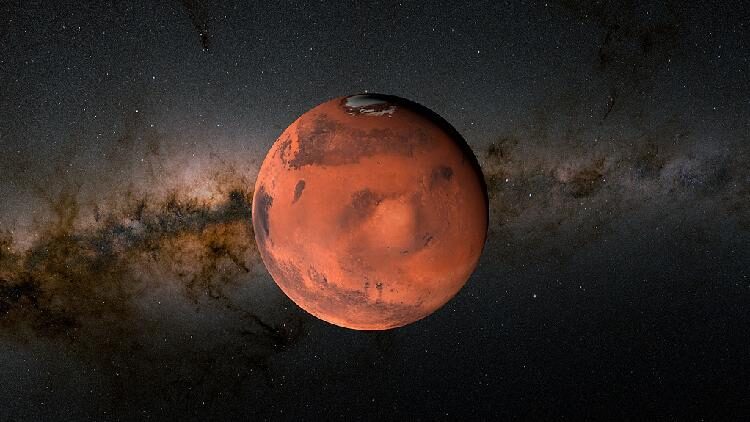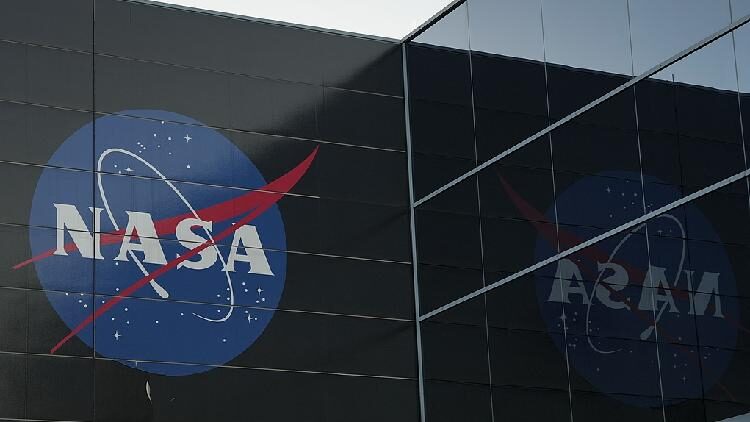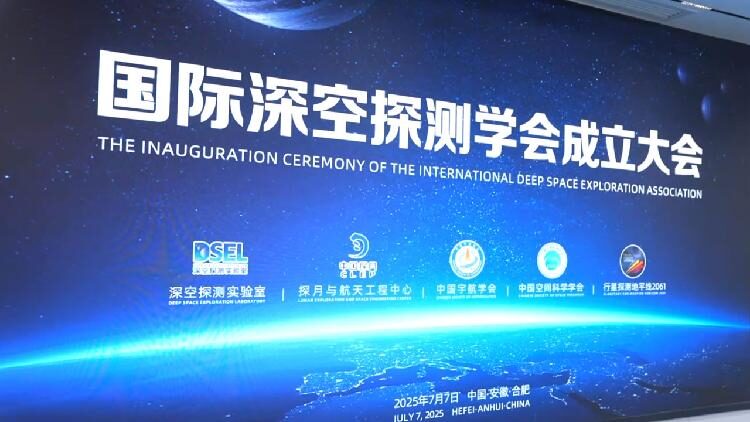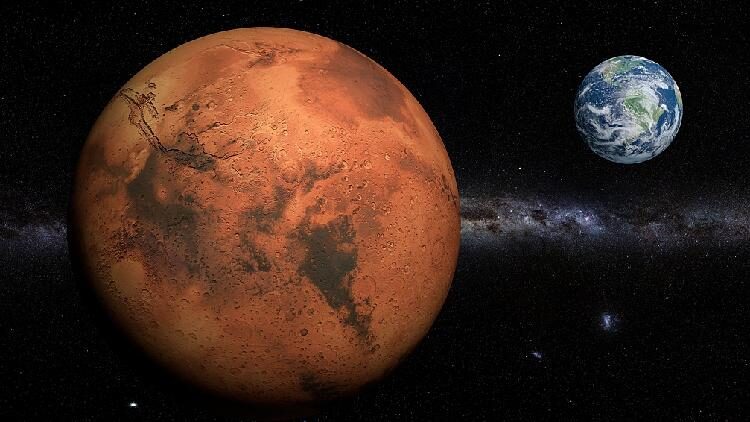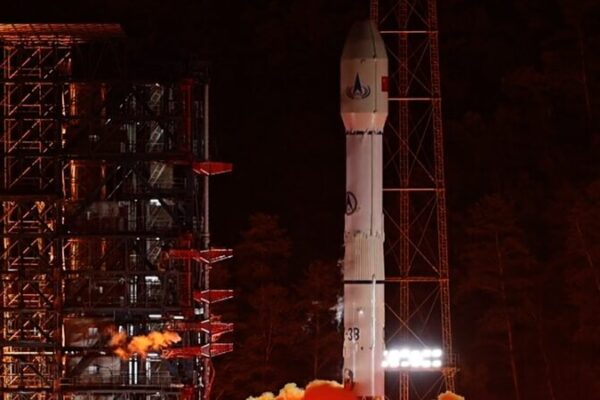China Unveils Six-Legged Space Mining Robot for Asteroids and the Moon
China is making significant strides in space exploration with the introduction of its first multifunctional space mining robot. Developed by experts at the China University of Mining and Technology (CUMT), this innovative robot could pave the way for future extraterrestrial mining on the moon, Mars, and near-Earth asteroids.
As Earth’s resources become increasingly depleted, scientists are turning their attention to the vast potential of space mining. The new robot is designed to operate efficiently in microgravity environments, a crucial feature for missions beyond our planet.
“In space, objects don’t stay in place like they do on Earth due to the lack of gravity. If you push something, it will float away, just like astronauts inside a space station,” explained Professor Liu Xinhua, the research team leader at CUMT.
Unlike traditional humanoid robots or robotic dogs, this space mining robot adopts a six-legged design, featuring three wheel legs and three claw legs. This unique configuration allows it to traverse uneven terrain and maintain stability while performing tasks in low-gravity conditions.
One of the biggest challenges in space mining is drilling into surfaces under low gravity. On Earth, a robot’s weight helps push a drill into the ground. However, with the moon’s gravity being only one-sixth of Earth’s, and asteroids having even weaker gravitational fields, stabilizing a drill becomes a major hurdle.
To overcome this challenge, the research team drew inspiration from insect claws, designing a special claw system to improve the robot’s grip and stability. “This claw system is an array-type structure that enhances adhesion and gripping ability in microgravity environments. It allows the robot to stay anchored while collecting samples and move efficiently based on the terrain,” Professor Liu explained.
Beyond maintaining stability, the robot’s biomimetic six-legged movement system enables it to navigate rough and cratered asteroid surfaces. Each leg’s wheel and anchor configurations provide versatility in different terrains.
The prototype has already undergone preliminary testing and has been submitted for a patent. “We successfully conducted microgravity simulation experiments. The robot was able to walk, anchor itself, and even collect samples in a simulated lunar soil environment, validating our initial design,” said Professor Liu.
This development marks a significant step toward the future of space mining, potentially opening new frontiers for resource exploration beyond Earth.
Reference(s):
cgtn.com

